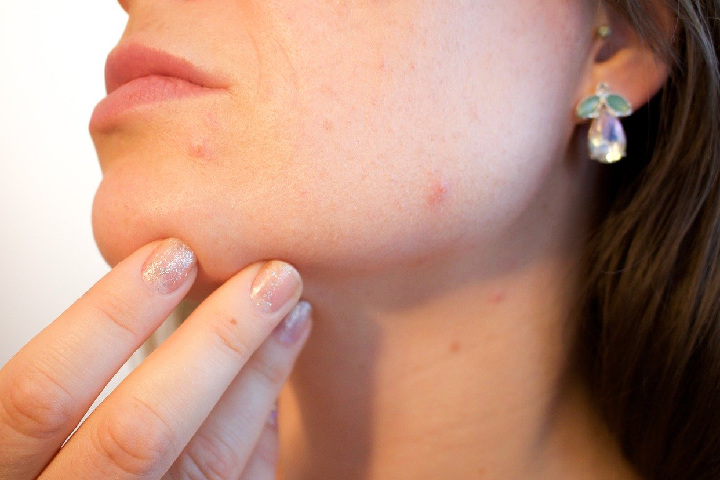Acne: The appearance of ‘influencers’ in social networks and other biased information recommending solutions against acne without any rigor has set off the alarms. Before putting anything on your skin, especially your face, consult.
False news and miracle treatments are already inherent on the Internet. Information that nobody knows where they come from and promise all the “cures.”
The danger is when this type of data comes from a person who creates trust but without adequate knowledge.
This is the case of the “influencer” María Pombo, with a video with almost 300,000 views where she recommends an antibiotic against pimples as if it were cosmetic.
Being wiped (impregnated in erythromycin) may seem like a cleaning cosmetic, but it is a drug with a specific prescription.
Table of Contents
1. Inquire Only With Dermatologists
According to the pharmacist, this case exemplifies everything we are doing wrong. “Started with the pharmacist who provided the product as it cannot be dispensed without a prescription.”
The severe other mistake is to get carried away by advice from all kinds of people around us without considering that acne is a disease, and a dermatologist must see the most severe cases for individual guidance.
The most severe cases should be seen by a dermatologist, the pharmacist only guides.
A pharmacist can also be a first aid filter to avoid choosing products at random, with the risk that this implies.
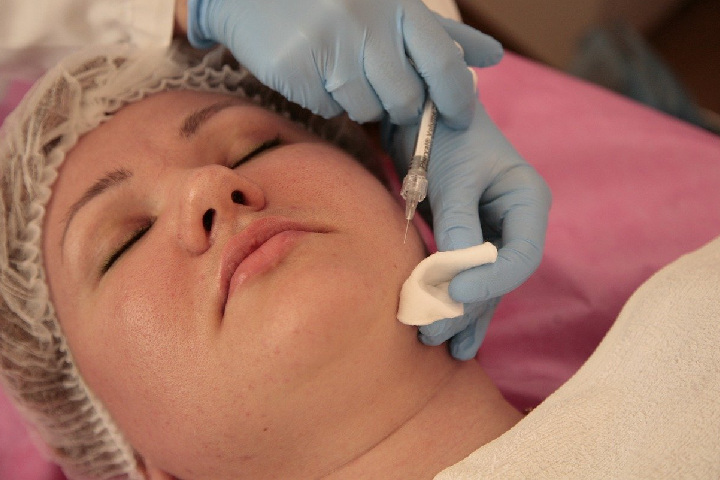
If the problem is mild, he can give some guidelines for cosmetic treatments. If not, he will recommend a visit to the dermatologist to prescribe pharmacological medication, which in no case, can he give without a prescription.
“In any case, it is important to heed the pharmacist’s advice because the treatment must be individualized depending on the person’s skin type and the degree of acne.”
2. The Causes of Acne
Acne is a widespread problem, which occurs primarily in oily skin. The reason is uncontrolled fat production. During adolescence, it can occur for hormonal reasons.
It appears mostly on the forehead, face, and chin. It is something more familiar in women and especially in the area of the neck and chin.
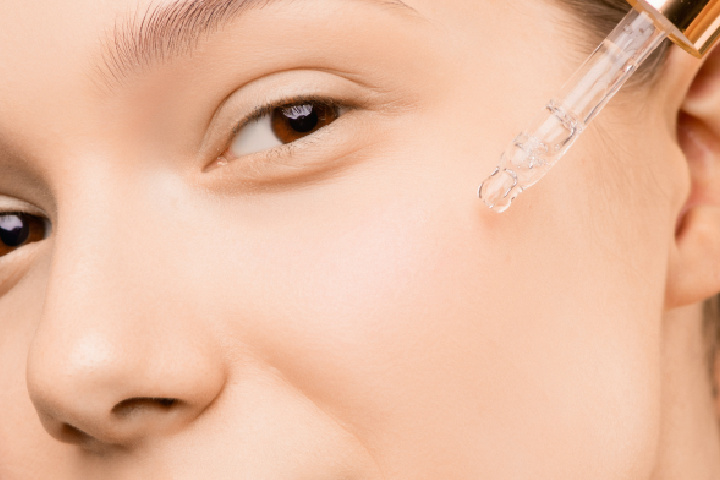
Four factors are involved in the formation of acne:
Increase in fat, and sebum of the skin. There are several reasons: stress, taking certain medications, or vitamins B12 or B6 can influence. Obstruction of the pilosebaceous follicle, that hole in the skin where hair and fat are.
Its causes are linked to the production and accumulation of fat.
Little skin renewal. It is what obstructs the follicle. Dead cells accumulate and block the sebum outlet.
The increased bacterial activity.
Millions of bacteria live on our skin and are beneficial to us. But they can grow as the follicle becomes clogged and disrupts the delicate balance of the skin.
3. Treatment for Acne
In the most severe cases, drug treatment is recommended. “Let’s not forget that they are drugs and must be taken following the dosage and duration set by the specialist,” remarks the pharmacist.
The most common indeed is prescribing antibiotics, which can be oral, in pills or wipes, or topically as creams or ointments.

Not only can anyone take them, and they are not suitable for all types of acne. Hence the alert with the “miracle remedy” announced by the “influencers.”
Some drugs cause dryness, and it is recommended to accompany with moisturizers.
In this case, the pharmacist will try to clarify doubts about the product ensuring its correct use. And it can also recommend complementary cosmetic treatments to alleviate side effects.
“Some of the most prescribed drugs cause dry skin, on the lips, on the mucous membranes of the nose, eyes, and vagina. That is why we recommend accompanying the treatment with a moisturizer.”
4. What to Do With Mild Acne
A drug treatment passes into the blood. Cosmetic surgery does not arrive; it remains on the skin. Those are the ones that can be given without a prescription.
Treatment will be based on stopping the four factors that we have seen that cause acne:
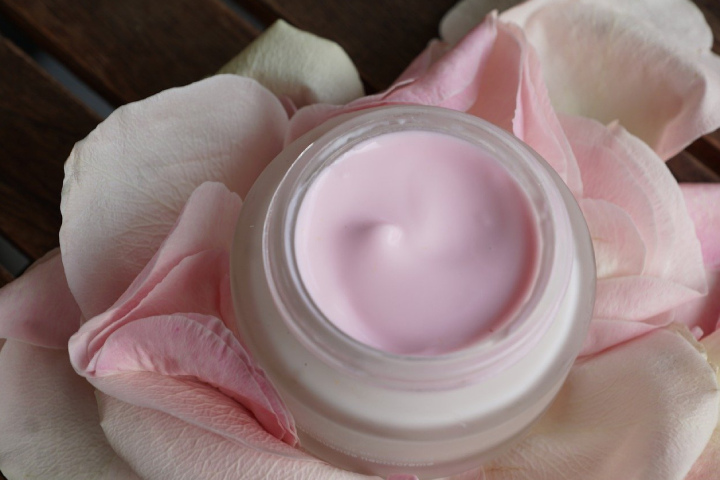
Regulate fat production. For this, plant extracts such as rosemary or sulfur molecules are used, and the most effective active now is Azeloglycine. They are sold in cream or serum.
To avoid the obstruction of the follicle: salicylic acid is used, which helps the dead cells to shed and not accumulate. Also, it mixes with the fat and makes it come out more quickly. Also useful are alpha hydroxy acids and a derivative of vitamin A, retinaldehyde.
Can be controlled with serums that regulate fat and reduce bacteria
To moderate the proliferation of bacteria, the most widely used is benzoyl peroxide, which has taken a long time. It is antibacterial, although it is irritating to the skin and must be used in moderation.
“I recommend niacinamide and azelaic acid, which are not so irritating,” explains the pharmacist. To reduce inflammation is alpha-bisabolol and zinc gluconate.
5. You Must Follow a Cosmetic Routine
Treatment is not enough. All these assets must be incorporated into a cosmetic routine, which the pharmacist will advise you and consists of four steps:
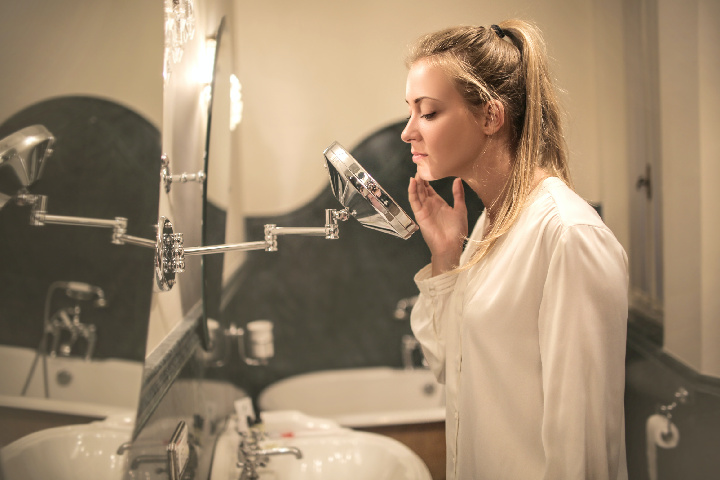
Daily cleaning in the morning and at night, avoids the accumulation of grease and dirt on the skin because dirt does not penetrate the product. To dry, you have to do it with small touches.
There is no need to drag the towel so that the lesions do not worsen, and the bacteria can spread throughout the face. To dry yourself, do not drag the towel over your face, make small touches.
Hydration
“Having oily skin or acne does not mean that the skin is hydrated. One thing is fat, and another is water.” It is important to hydrate. Especially if we are taking acne medications, as they cause dryness.
Nor is any cream worth it. It must be hydration based on emulsions that do not favor the appearance of new blackheads. They are water-based and have a light, oil-free texture (“oil-free” is the brand that distinguishes them).
A good sunscreen. Acne skin has to be protected even more because some of the cosmetic actives to be used irritate. Skin irritation in the sun can cause post-inflammatory hyperpigmentation to appear.
Some spots will be of the same proportion as the granites. The protector must be free of fat with a high protection factor, “I would recommend SPF 50 and renewing it every two hours,” says the pharmacist.
Exfoliation of the skin. Since we want to prevent dead cells from accumulating, we exfoliate. It is recommended once a week.
It will never be done with physical scrubs, those that come with particles, and that remove dirt by abrasion. We could open the injuries. The best are the chemical ones and the milder still the enzymatic ones, especially recommended for the most sensitive skin.

